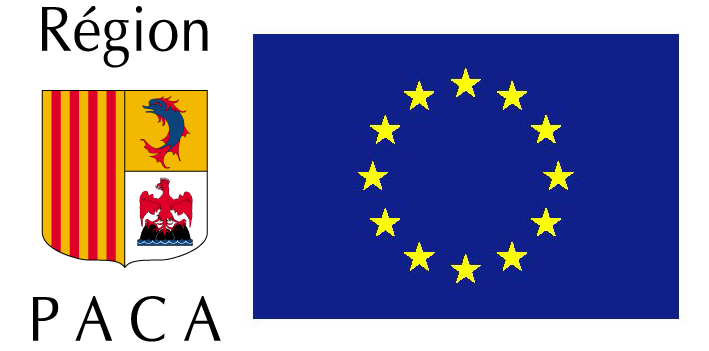Background & Motivation
The transport network (backhaul) of mobile operators is made, for two third of it, of microwaves links. These links are often preferred as:
- they are quickly rolled out compared to fiber or cable particularly in areas where there is not much of fixed infrastructure (for instance in emerging countries or remote locations);
- they are cost efficient versus leased lines;
- they enable mobile operators to stay independent from historical operators.
So far, these microwave links have been using TDM technology and have been dimensioned initially for GSM backhaul. In the near future, operators will have to cope with increasing traffic at the access level (WiMAX, HSDPA, Edge,) and very bursty behaviours (as of the migration of people between day and night going from their work area to their home and moving the traffic from an area of BTSs to an other one). These variations of traffic are pushing operators to look for a total bandwidth optimisation in their backhaul network, minimising their CAPEX and OPEX requirements.
Aim of RAISOM
A new backhaul network therefore needs to be planned and a flat IP based transport (such as specified for the roll out of UMTS Release 5 standard) is a much more flexible, scalable and economical solution.
New solutions to deploy, monitor and optimise the microwave backhaul network have to be developed and are different in nature than traditional IP fixed networks since:
- Microwave links are subject to environmental changes (rain, mist, sand, thunderstorms…)
- Microwave links have a dynamic behaviour (for instance modulation or channel bandwidth can be changed dynamically)
- Microwave links can be adjusted to traffic requirements (to optimise power consumption, overall network bandwidth…)
These are the issues that the RAISOM project is addressing, with the aim to provide mobile operators with tools to better engineer their network, allocate and manage their investments while providing the required level of service to their users.
